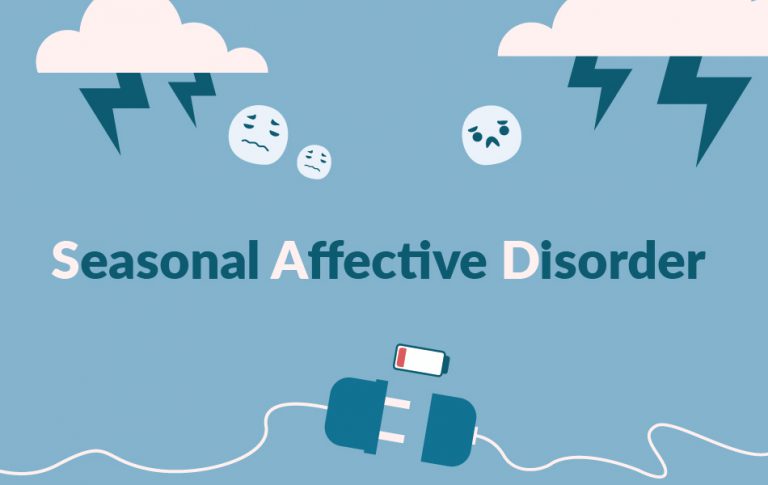The definition of mindfulness speaks to “paying attention on purpose” and is demonstrated by being fully in the present moment – physically, emotionally, and mentally.
More and more studies are showing how mindfulness can benefit mental well-being, through removing the mind from thought patterns that induce stress and anxiety. In today’s digital age of ‘instant living’, people have become accustomed to rushing through life. But by keeping to the simple practice of focusing on your own thoughts and feelings, and stopping to smell the flowers, so to speak, you renew your connection to self, and positively impact your perception of the world and your place in it.
When you are aware in the experience as it is happening, you enjoy it more and achieve greater insight than if you were to drone along on autopilot. It is this form of awareness that allows us to identify stress, and helps us deal with it before it becomes a bigger problem.
Mindfulness & Psychology
In cognitive science, reference is made to learning healthy thought patterns to improve mental function that will impact daily living in a positive way. The cognitive-behavioral link in psychology is also seen in the practice of mindfulness, where you are training your mind to influence your behavior in a certain way.
Mindfulness has been proven to greatly reduce feelings of stress, anxiety, fatigue, and depression. It also gets the mind out of negative compulsive loops, and improves memory as well as concentration.
Everyone knows the feeling of being caught up in your own thoughts, and how this often leads to stress and anxiety. When you are mindful, you take control of that situation by cutting the tracks of the runaway train your thoughts are on. The first step to mindfulness is making a conscious effort to purposely notice things as you go about your day.
This can range from your own breathing, to the flavors bursting in the food you eat, and the feel of clean sheets against your skin as you slide into bed after a long day. This kind of thinking – being totally present in the moment – takes your mind and body off autopilot, and allows you to engage with yourself and the world around you in new and refreshing ways.
Of course, as beautiful as it would be to live every hour of our day in this sense of heightened awareness, it’s not always practical. Professionals in the field advise setting aside a few minutes each day in which to practice mindfulness.
Dedicating as little as 20 minutes a day to the practice of mindfulness will have a positive effect on your mental and physical well-being. Regular structure will help you establish the habit of paying attention on purpose, and is easier to work into your daily life.
And you don’t have to lock yourself in a room alone to accomplish mindfulness. Go to a new place for lunch and simply observe your surroundings, the people, smells, sounds, and your own thoughts. Awareness of thoughts will lead to greater awareness of feelings, and this is a strength when it comes to managing stress and anxiety.
It gives you power to better regulate what you think, and how your reactionary feelings in relation to that.
Mindfulness in Practice
Besides moments throughout your day when you take conscious control of your mind to pay attention to your thoughts and the world around you, there are other ways in which you can achieve mindfulness that are more structured. For instance, yoga is known for its stress-reducing qualities and is one of the best treatments for anxiety.
A 30-min class forces you to focus on nothing but your body and your breathing. It’s a great way to center yourself after a stressful day, and it’s extremely beneficial to physical health too. Meditation is another one, and probably the most popular form of mindfulness in practice. Breathing meditation allows you to block out your external world and live fully in the presence of your own body and mind for a few minutes. For those just starting out, it might be a little noisy – your own thoughts trying to slip you up. But it’s not about making your mind blank.
That’s impossible, so don’t try to do it. The goal is not an empty mind, but one that is aware. Focus on your breathing and your thoughts will eventually stop barreling around like they’re used to. After a few weeks of practice, you will be able to slip into meditative mode quite easily. For people who struggle with sitting still, then mindful walking or Tai Chi are good choices.
Tai Chi and mindfulness has a long, proven history and as a result, it is often described as a form of meditation. You’re not sitting quietly still, but your entire focus is still on your own breathing, body, and mind.







